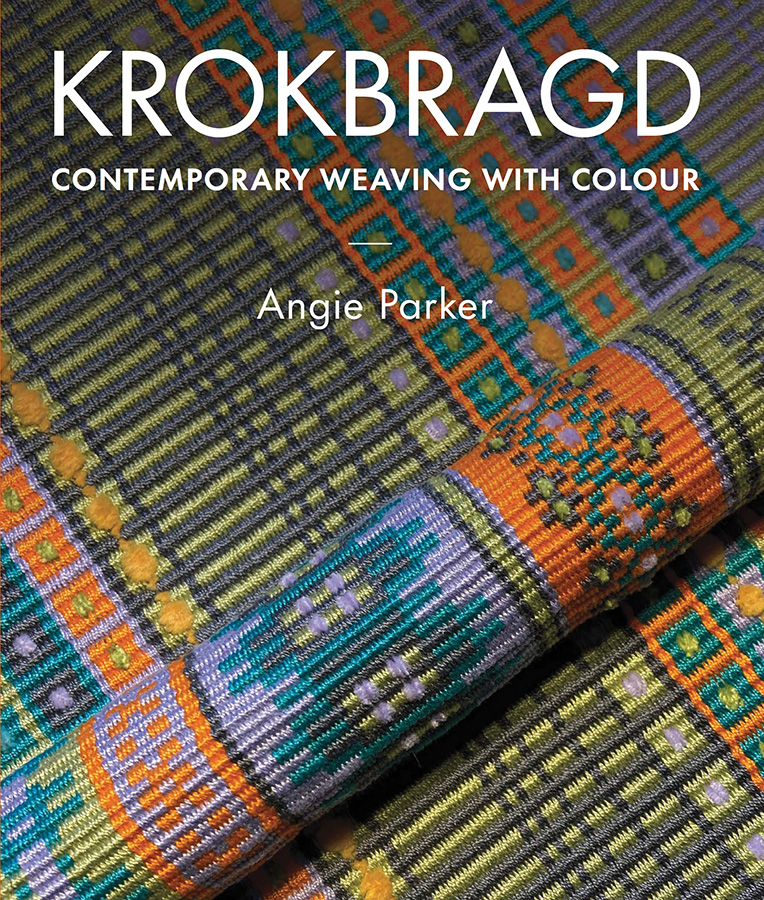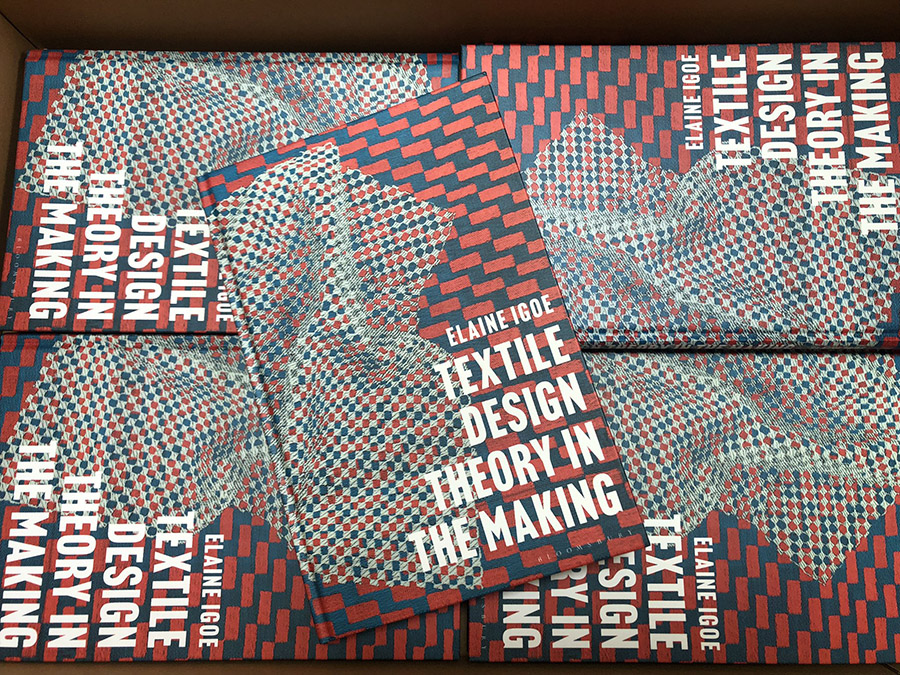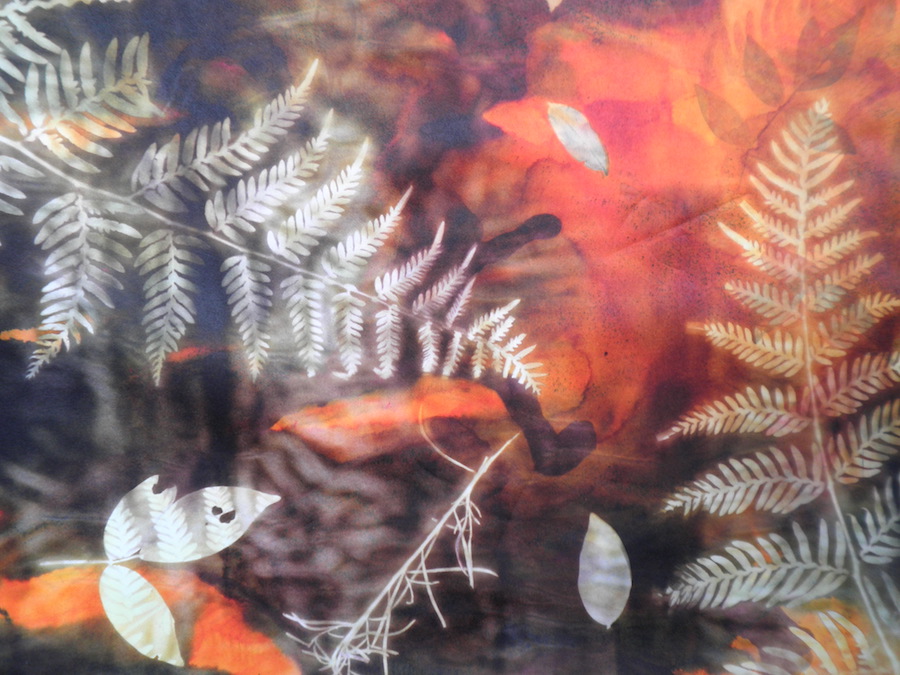 Krokbragd – Contemporary Weaving With Colour is a practical guide to all aspects of a popular Norwegian weaving technique. With over 400 photographs and step-by-step instruction, it gives a detailed account of the techniques used by the author and other contemporary weavers. Written for weavers of all abilities, it features vibrant designs and patterns, and shows how this age-old Scandinavian technique can be given a 21st century twist to create stunning contemporary work.
Krokbragd – Contemporary Weaving With Colour is a practical guide to all aspects of a popular Norwegian weaving technique. With over 400 photographs and step-by-step instruction, it gives a detailed account of the techniques used by the author and other contemporary weavers. Written for weavers of all abilities, it features vibrant designs and patterns, and shows how this age-old Scandinavian technique can be given a 21st century twist to create stunning contemporary work.
Angie Parker has a worldwide reputation for weaving krokbragd, and her passion for this technique shines through in her work. Her expertly-executed rugs, wall hangings, furnishings and artworks are known for their joyful colour combinations, as well as their exquisite finishing. In addition to exhibiting and selling her work, she regularly teaches and is a passionate advocate for running a profitable craft business, and the sustainability of craft practices for the contemporary maker.
Text & Image: Courtesy of Crowood Press










